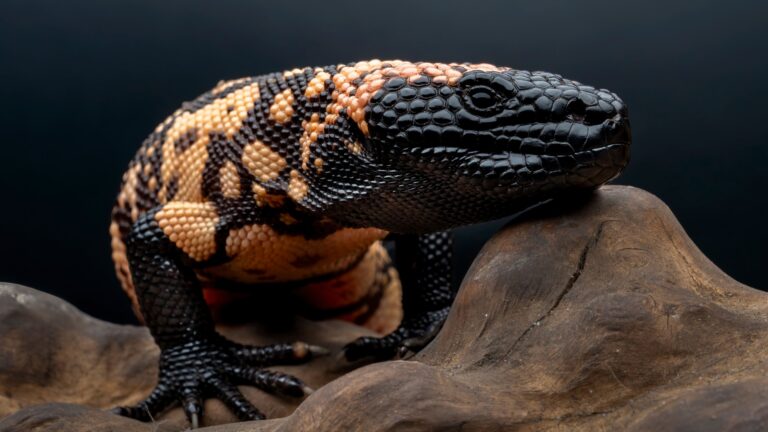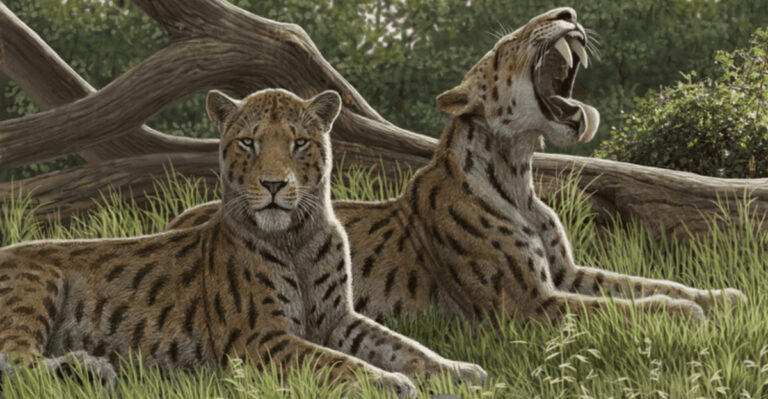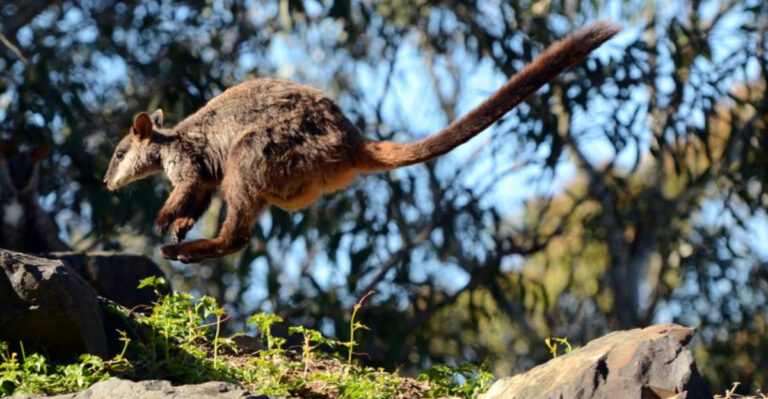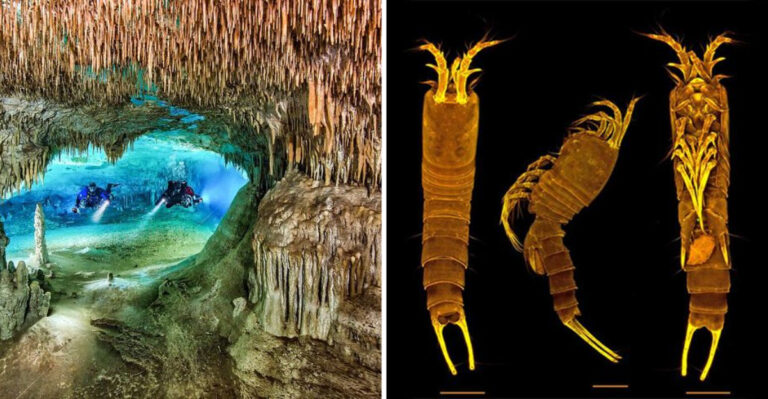15 Creatures You Definitely Don’t Want To Meet In The Texas Desert
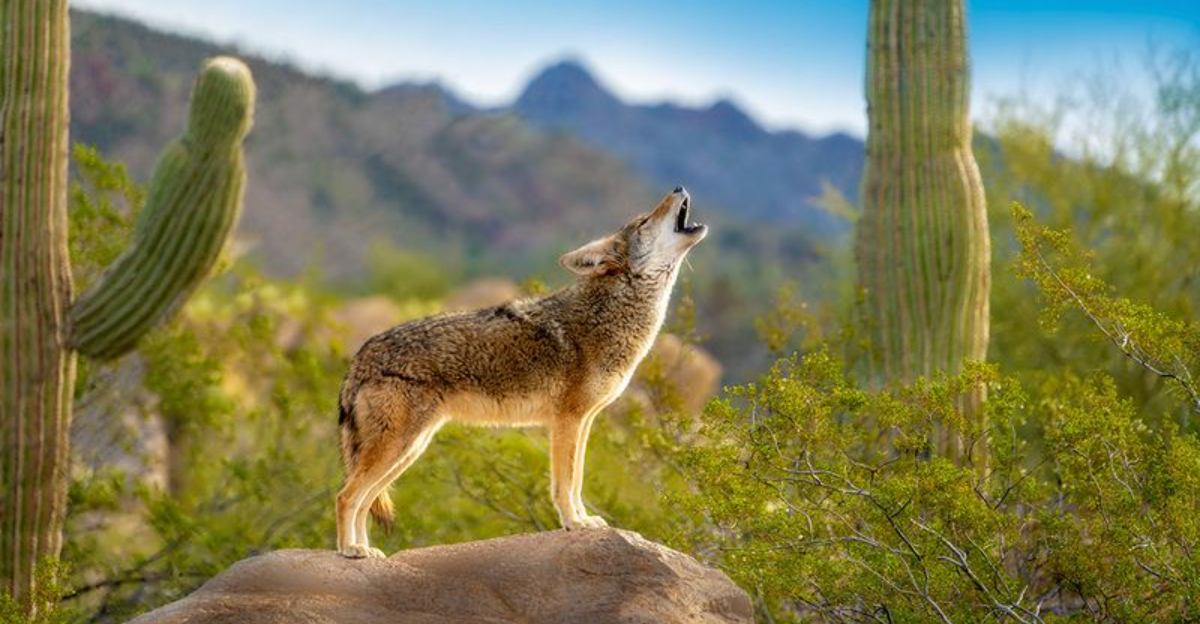
The vast Texas desert isn’t just a landscape of breathtaking vistas and spectacular sunsets – it’s also home to some seriously intimidating wildlife.
From venomous reptiles to prickly insects, these desert dwellers have evolved remarkable adaptations to survive in harsh conditions. Before your next desert adventure, familiarize yourself with these creatures you’ll want to avoid at all costs.
1. Western Diamondback Rattlesnake
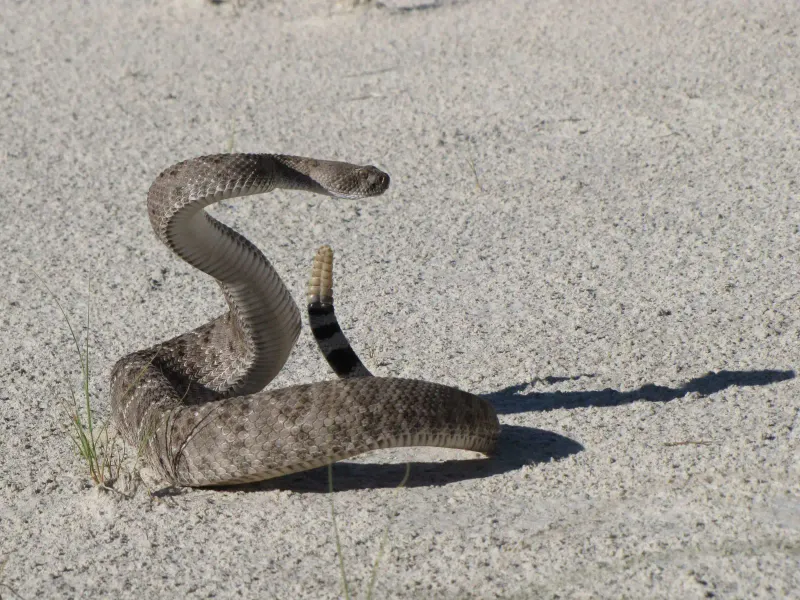
Hear that distinctive rattle? Freeze immediately. These iconic predators can strike at speeds faster than you can blink, delivering venom capable of destroying tissue and causing internal bleeding.
Growing up to 7 feet long, they’re responsible for more snakebite fatalities in the US than any other species. Always watch your step and listen carefully when hiking desert trails.
2. Desert Centipede
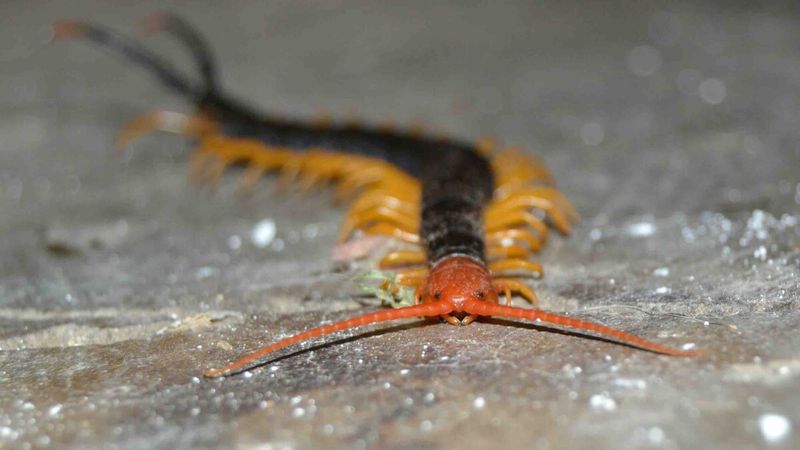
Lurking beneath rocks and inside rotting cacti, these arthropods pack a seriously painful punch. With venom-injecting forcipules that feel like white-hot needles when they pierce skin, their bite can cause intense pain for days.
Growing up to 8 inches long with vibrant red-orange bodies and black heads, they’re surprisingly fast and aggressive when disturbed. Always shake out shoes and sleeping bags when camping.
3. Bark Scorpion
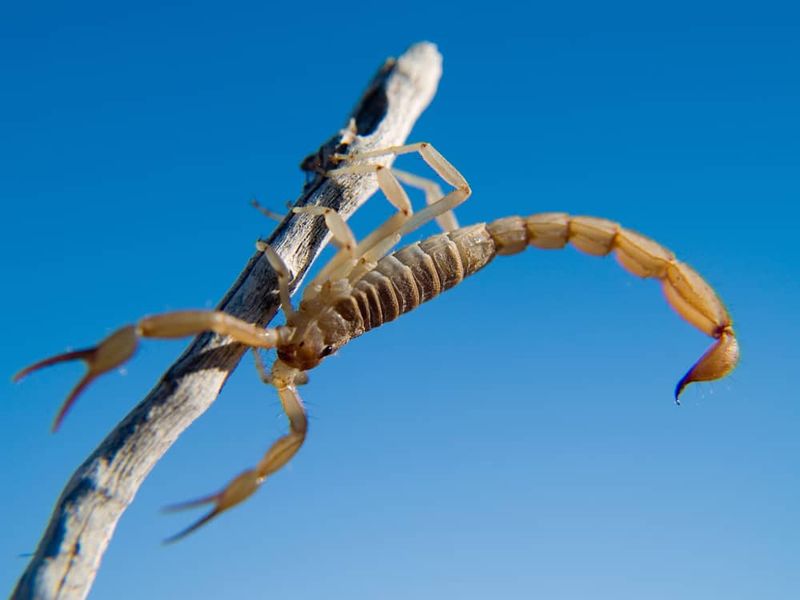
Under the cover of darkness, these pale yellow nightmares emerge to hunt. The most venomous scorpion in North America, their sting causes extreme pain, numbness, and in rare cases, breathing difficulties.
What makes them truly terrifying is their ability to climb walls, hide in the smallest cracks, and even survive underwater for hours. They glow bright blue-green under UV light – a handy trick for spotting them.
4. Gila Monster
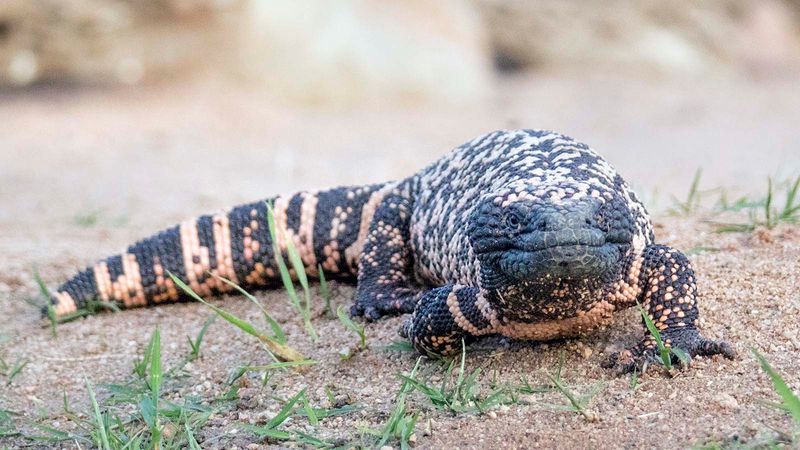
Painted in striking orange and black, these chunky lizards look almost toy-like until they latch onto you. Unlike snakes that strike and retreat, Gila monsters bite down hard and chew, working venom deep into wounds.
Moving with surprising speed when threatened, they spend 95% of their time underground. Their rare appearances make them even more dangerous – many victims simply don’t recognize the threat until it’s too late.
5. Africanized Honey Bees
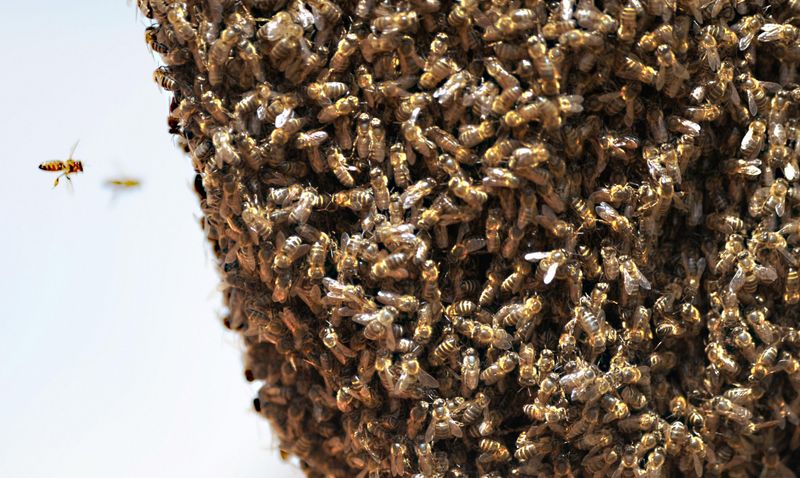
Nicknamed “killer bees” for good reason, these aggressive insects have spread throughout Texas deserts. While their venom isn’t stronger than regular honeybees, their attack strategy makes them deadly.
When disturbed, they pursue victims for up to a quarter-mile, attacking in swarms of thousands. Their relentless assault can overwhelm even those who aren’t allergic. If attacked, run in a straight line and seek enclosed shelter immediately.
6. Black Widow Spider
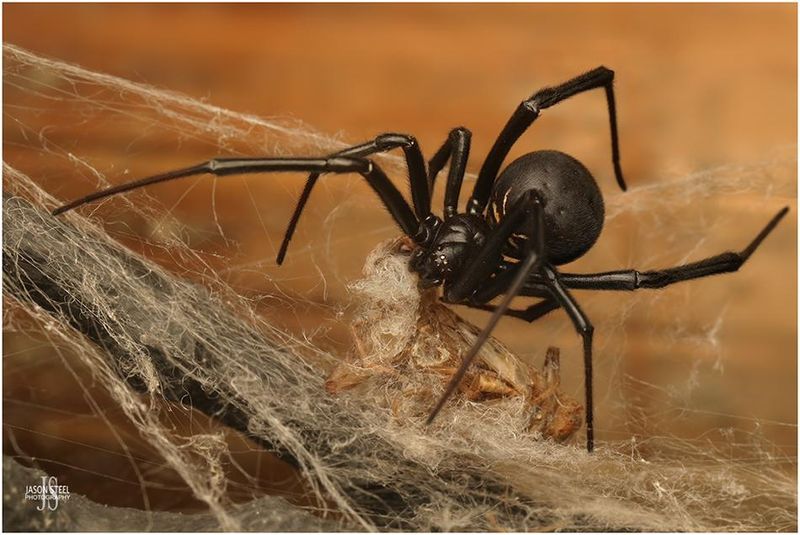
Famous for their glossy black bodies and distinctive red hourglass marking, these arachnids prefer shadowy hideouts around desert homes and outbuildings. Their neurotoxic venom can cause intense pain, muscle cramping, and nausea lasting several days.
Contrary to popular belief, females rarely eat their mates and typically only bite humans when threatened. Still, finding one in your garden shed or outhouse is enough to make anyone’s skin crawl.
7. Mojave Green Rattlesnake
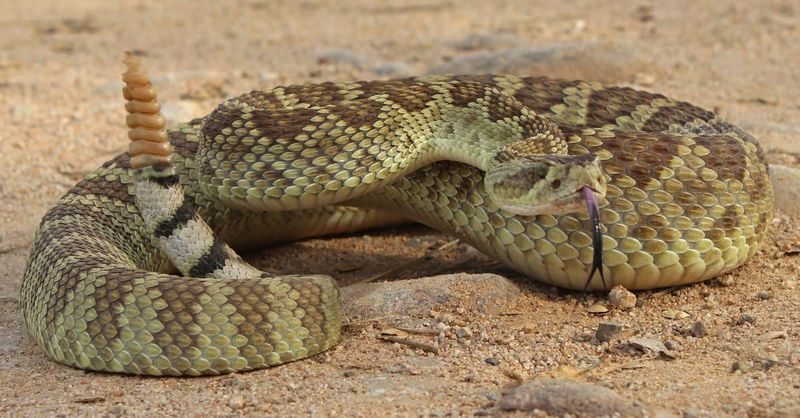
Often mistaken for its diamondback cousin, this greenish rattler packs a particularly nasty surprise. Its venom contains a unique neurotoxin that can cause breathing failure alongside the typical tissue damage from rattlesnake bites.
Highly territorial and quick to strike, they require less provocation than other rattlesnakes. Their venom is considered the most potent of any rattlesnake in the Americas, making immediate medical attention absolutely critical after a bite.
8. Texas Coral Snake
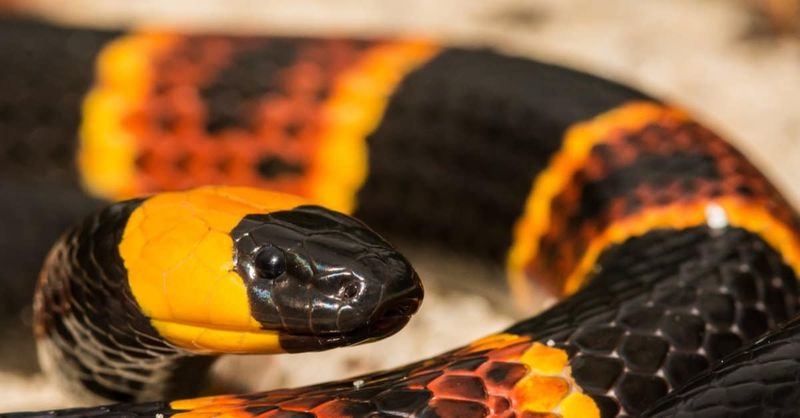
Remember the rhyme “red touch yellow, kill a fellow”? These slender snakes with vibrant bands of red, yellow, and black possess venom more potent than a cobra’s. Fortunately, their small mouths and rear-facing fangs make them less efficient at delivering it.
Don’t be fooled by their beautiful coloration or relatively small size. Their neurotoxic venom can cause slurred speech, double vision, and eventually respiratory failure if untreated. They’re most active at dawn and dusk.
9. Kissing Bug
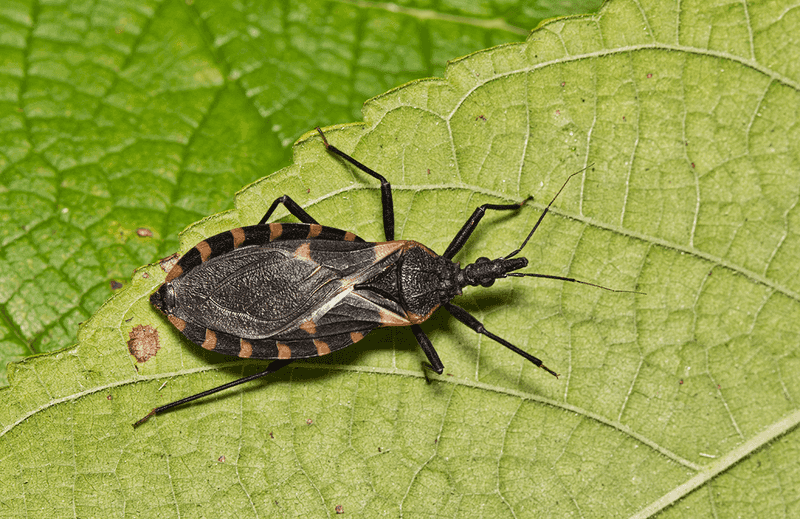
Despite their romantic name, there’s nothing lovely about these nocturnal insects. They earned their nickname by preferring to bite humans near the mouth while they sleep, feeding on blood and potentially transmitting Chagas disease.
Dark brown with orange or red stripes along the edges of their bodies, they hide in cracks of poorly constructed homes during the day. Their saliva contains an anesthetic, so victims often don’t feel the bite until the damage is done.
10. Coyote
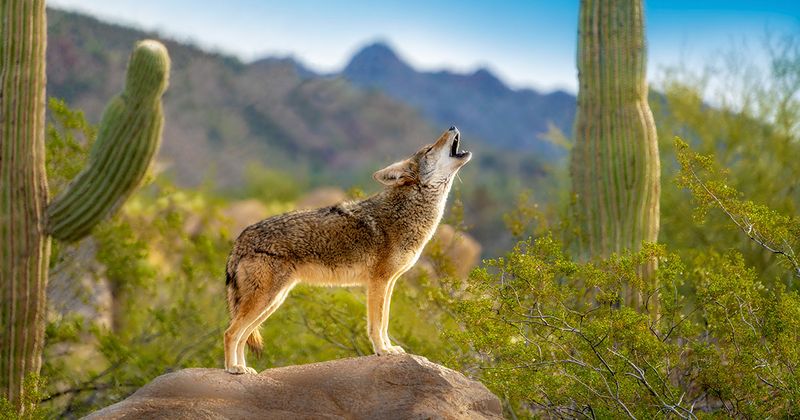
Far more cunning than their cartoon counterparts, desert coyotes have adapted to human encroachment with remarkable intelligence. Though rarely aggressive toward adults, they’ve been known to attack small children and pets when food is scarce.
Masters of opportunism, they’ve learned to associate certain human behaviors with food availability. Their haunting howls across the desert night might sound beautiful, but they’re a reminder to keep children and small animals close when camping.
11. Fire Ants
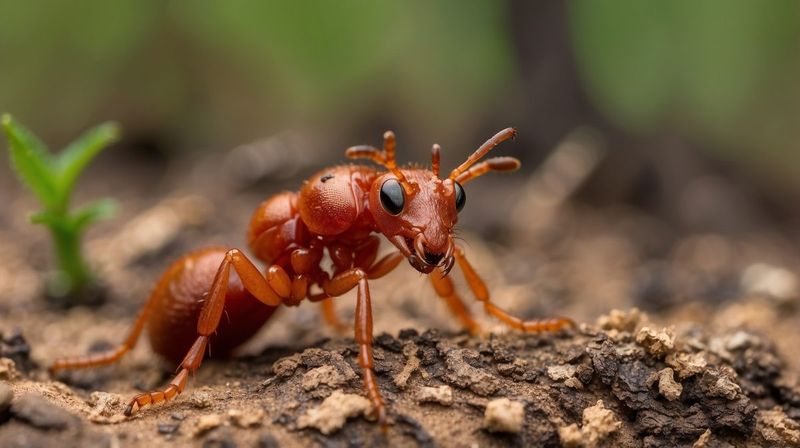
Stepping into a fire ant mound feels like dancing on hot coals. These aggressive insects swarm up legs in seconds, then bite to anchor themselves before stinging repeatedly in a circular pattern.
Each sting injects alkaloid venom that creates an intense burning sensation, followed by itchy pustules that can last for weeks. For those with allergies, the danger is far greater. Their sprawling mounds can contain up to 250,000 workers, all ready to defend their colony.
12. Mountain Lion
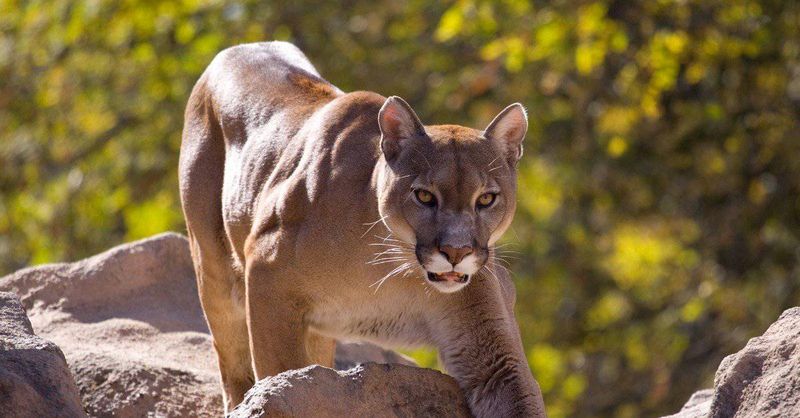
Silent and elusive, these powerful predators roam desert mountains and canyons with barely a trace. Most hikers never know when they’ve been watched by these tawny hunters, who can leap 40 feet horizontally and 15 feet vertically.
While attacks on humans are rare, they do happen, particularly with lone hikers or children. If you encounter one, never run – instead, make yourself look larger, make noise, and back away slowly while maintaining eye contact.
13. Tarantula Hawk Wasp
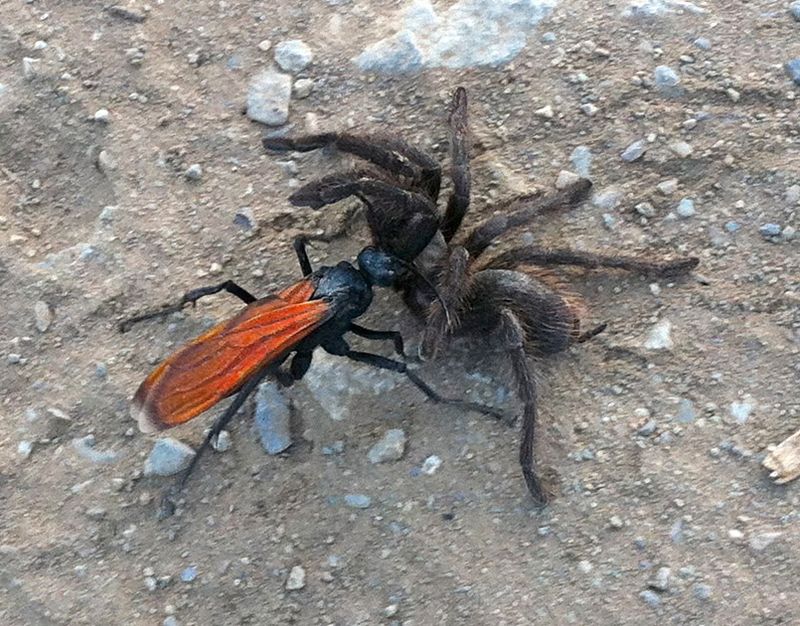
Sporting metallic blue-black bodies and rust-colored wings, these massive wasps deliver what’s considered one of the most painful stings in the insect world. Entomologist Justin Schmidt, who created a pain scale for insect stings, described it as “blinding, fierce, and shockingly electric.”
Their name comes from their hunting technique – they paralyze tarantulas with their sting, then drag them to their burrow as living food for their larvae. Fortunately, they’re not aggressive unless handled or stepped on.
14. Javelina
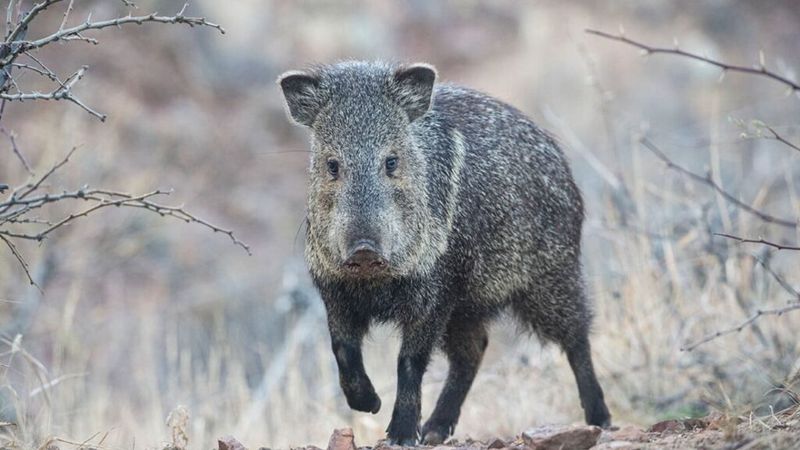
Resembling wild pigs but actually peccaries, these bristly mammals travel in groups through desert scrubland. With poor eyesight but excellent smell, they can become aggressive if they feel threatened or if you come between mothers and young.
Armed with sharp tusks and surprisingly quick movements, they’ve been known to charge hikers and pets. Their musky scent glands make them easy to smell before you see them. If encountered, give them a wide berth and keep dogs leashed.
15. Brown Recluse Spider
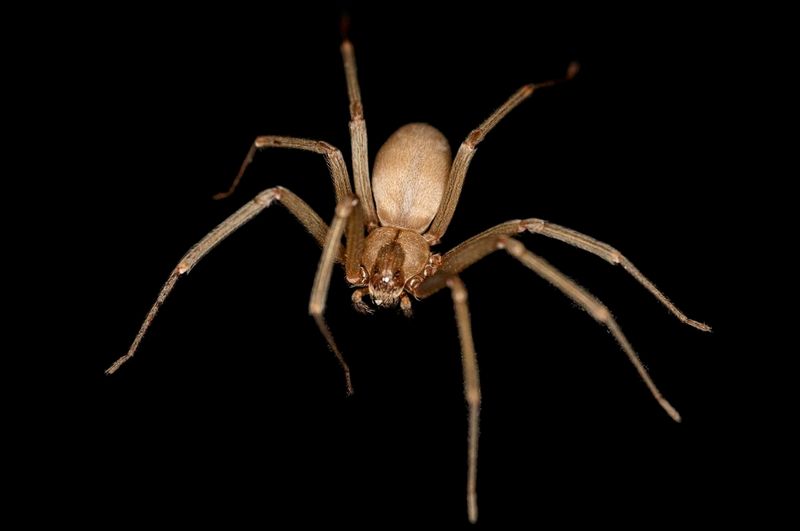
Hidden in wood piles and abandoned rodent burrows, these unassuming spiders cause disproportionate damage. Identified by the violin-shaped marking on their backs, their venom contains an enzyme that destroys cell membranes, creating wounds that may take months to heal.
Unlike most spiders that avoid humans, brown recluses often hide in shoes, gloves, and bedding. Their bites are initially painless, making many victims unaware until a necrotic lesion begins to form hours or days later.

